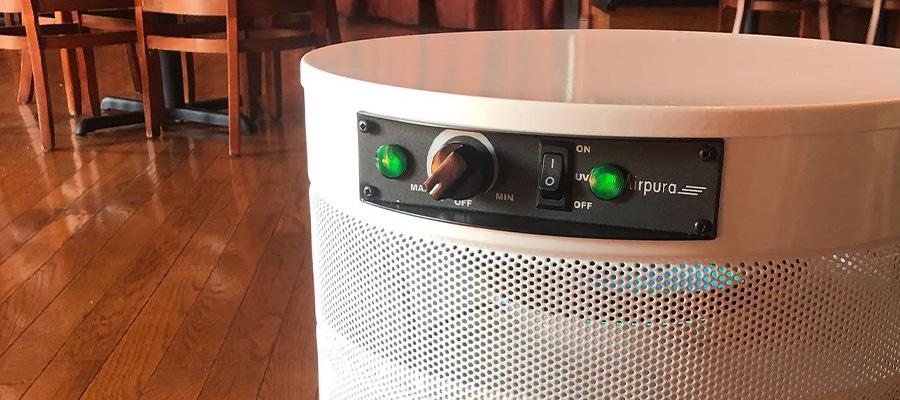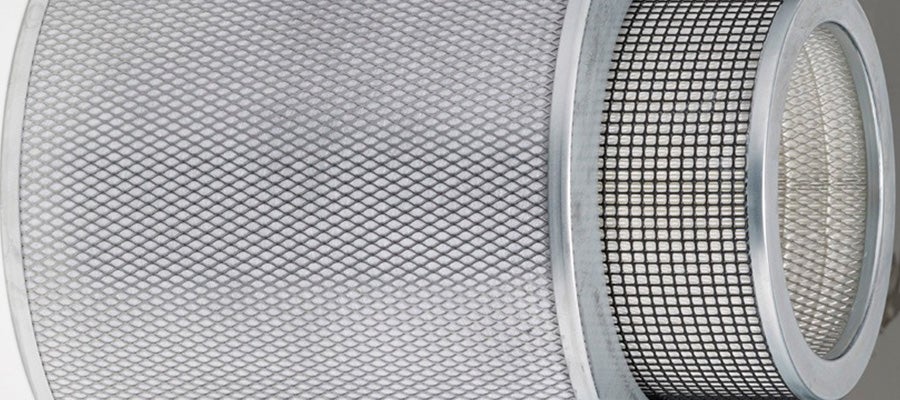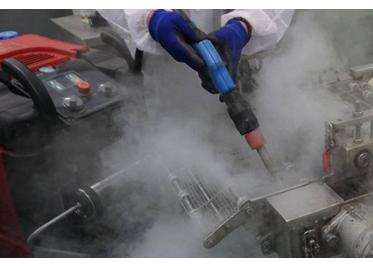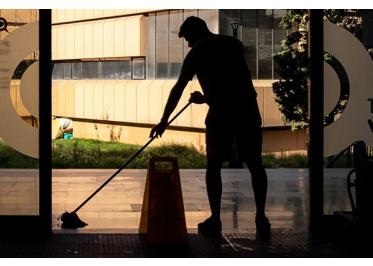
How Do We "Clean" the Air?
Are Air Filters Worth the Investment?
Proper air filtration is one way to reduce the dangers of spreading viruses as well as reducing airborne allergens and other contaminants. Indoor air quality can be up to 5 times more polluted than outdoor air and contaminated with germs, chemicals, allergens etc. Filtration can support proper ventilation and help to eliminate these harmful irritants.
When shopping for a portable air cleaner, these are some of the things to look for in order to make your purchase worthwhile.
HEPA Filtration
A HEPA filter will remove 99.97% of particulate size to 0.3 microns. Be wary of claims stating that their filters will clean to HEPA standards or are HEPA rated. A true HEPA filter must be certified.
A HEPA filter will remove mold spores, dust, pollen, smoke. They will not remove viruses which are approximately 0.1 microns and smaller. They will remove airborne droplets larger than 0.3 microns that may contain viruses.

Carbon Filters
These products act like an air sponge and will remove volatile organic compounds and other odour-causing molecules such as adhesives, paints, cleaning products etc. Removal of these harmful fumes from the air can help prevent irritation of the lungs and eyes when working with chemicals. Eventually the carbon filters become saturated and won’t work as well. The more carbon that is in the filter, the less often it will require changing.
Harmful Products Marketed for Air Purification
Ozone generators produce irritants that affect your eyes and lungs and are generally harmful to your health. These are not Health Canada approved and should never be used for filtration.
Electronic air purifiers or electrostatic air cleaners electrically charge the particles in the air so they will stick to nearby surfaces. They can produce Ozone and are not recommended.
Apples-to-Apples
In order to compare air filters against each other, a few data points can be uniformly established.
Cubic Feet per minute (CFM) is important when sizing the air cleaner for the area to be filtered. Ideally, the air should be filtered 2-4 times per hour. Fan power must increase as the size of the area requiring filtration does.
For example, a typical portable classroom of 24’ x 36’ x 8’ high would hold approximately 6912 cubic feet of air. To properly filter the air, we would need an air cleaner that is large enough to change the air at least two - four times per hour. At 560 cfm, the AirPura AR600 will filter the air approximately 5 times on high speed.
Noise level is important in scenarios where people will be near the unit while in operation. The lower fan speeds will reduce the decibel levels but also reduce the CFM. A good filtration unit will balance performance with noise-reducing capabilities.
What about UV?
Photocatalytic Oxidation (PCO) uses an Ultraviolet light and a Photocatalyst such as Titanium Dioxide to induce a chemical reaction that produces a Hydroxyl radical. This process is similar to incineration without heat, and breaks down organic material through oxidation. Be extremely cautious as many devices use UV-C light which can again produce toxic Ozone.
The AirPura AIUV600 has built in UV germicidal capability allowing for the safe use of modern technology to provide a dose of 30,000 um per centimeter squared. The lamp is situated in filter chamber so it kills micro-organisms as they are trapped by the filters, other UV machines place the UV lamp in the air flow away from the filters allowing microbes to escape back into the air. For safe operation, you can turn the lamp on and off easily with a simple switch.

Keep Your Floors Clean
Vacuum the carpets daily and use a vacuum with HEPA filtration. This will help to reduce airborne particles up to 0.3 microns from being spread back into the air. Unfortunately, viruses are smaller than this and may pass through the filter.
HEPA stands or High Efficiency Particulate Air and is applied to filters that remove 99.97% of particles that are 0.3 microns in size. (1 micron is .001 of a Millimeter)
To put this in perspective, the size of bacteria is between 0.2 to 2 microns. The average diameter of hair is 50 microns. Mold is typically 20 to 200 microns, while spores are smaller at 6 to 10 microns.
When a HEPA filter is installed in a vacuum, it is usually the last line of defense before the air is exhausted back into the room. The dirty air from the vacuum suction is drawn into a vacuum bag followed by a secondary filter then finally discharged through the HEPA filter.
If you really want to be confident in the cleanliness of your facility, use a good carpet extractor with brush agitation to loosen the soil and extract the dirty water. The more often this is done, the better chance you’ll have to reduce contamination. The use of a disinfectant cleaner such as AirX 44 can add an extra boost of sanitizing power.
Keeping the floors clean will assist in maintaining overall air quality at your facility. Send us an email at sales@flexoproducts.com or give us a call at 1-800-263-2540.



